4 Reasons Why You Need to Diversify Your Paid Social Mix
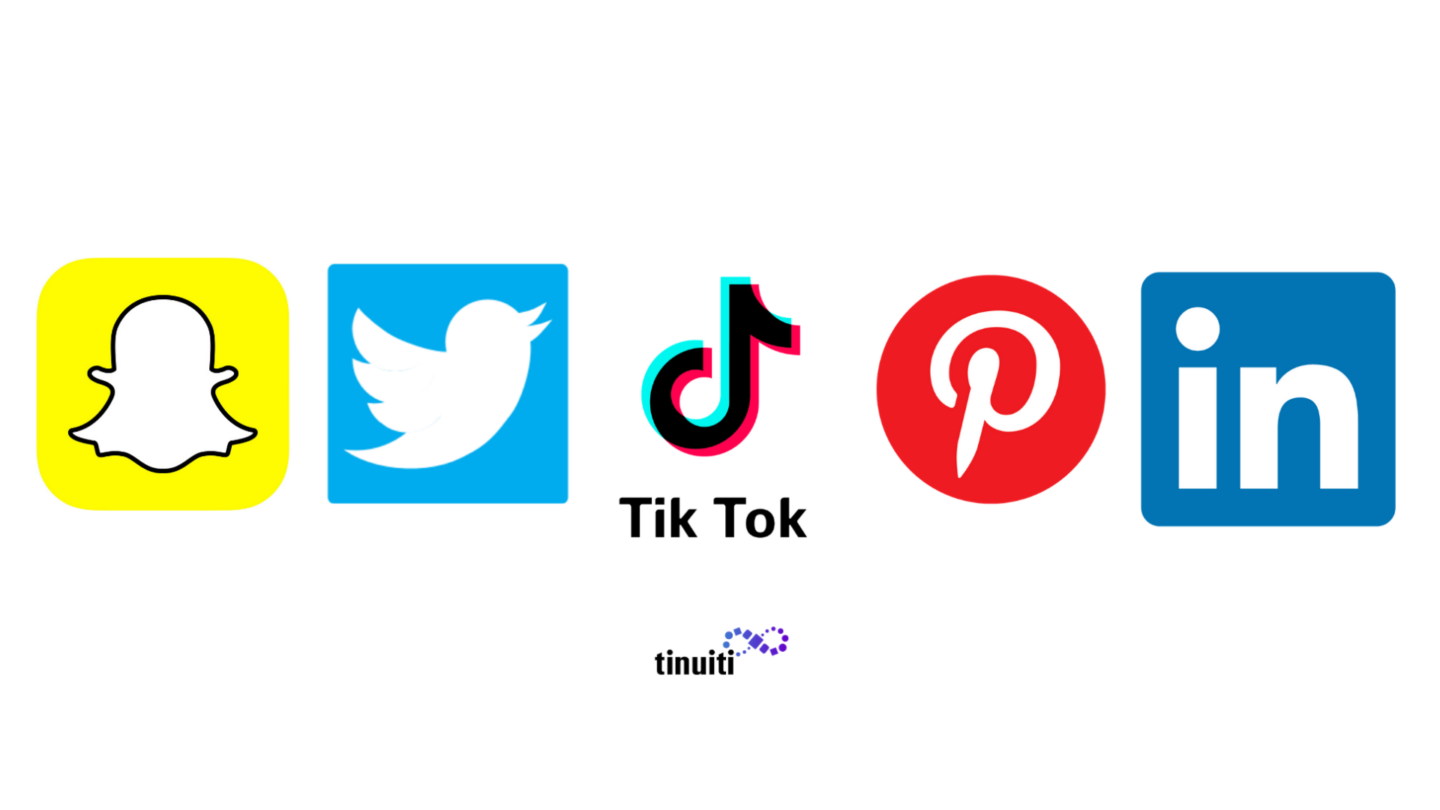
Although Facebook is still the king of social media channels, reports show that time spent on the platform continues to decline.
With engagement becoming more costly, brands will need to look to additional social channels for more affordable growth opportunities rather than limiting social spend to a single channel.
Here’s why it’s becoming more necessary for brands to diversify social media budgets across multiple social channels and pivot to inventory where there’s faster growth potential, such as TikTok, Snapchat, Pinterest and others.
“While Facebook has historically been the king of direct response, each social channel has a unique offering that aligns with real business goals. Each of these channels should be considered when pulling together a holistic paid social strategy.”

— Katy Lucey, Director of Paid Social at Tinuiti
The customer journey is more complex and fragmented than ever before, and this is especially true when it comes to social platforms.
“Customers aren’t only on one social platform on a daily basis, so brands shouldn’t be either. Historically some channels have been seen as ways to engage via organic as opposed to paid, but application to the right audiences can help to drive business growth.”

— Katy Lucey, Director of Paid Social at Tinuiti
A person might discover your brand via Instagram, check out your page or events on Facebook, and more — all before ever visiting your website and making it to checkout.

Today’s customers use different social platforms for different reasons. Smart brands identify the strengths of each platform and how that platform can positively impact the customer journey.
“Brands need to be looking at where their target audiences are spending the most time so that their campaigns can be as impactful as possible,” explains Lucy.
In a recent report on 2020 trends, eMarketer projects that “Facebook and its social network will continue to experience a dip in consumer engagement in 2020, even as it rolls out new tools, apps and services aimed at keeping users on board.”
Facebook’s slowing growth isn’t news, but brands should take note that cheaper CPMs and acquisition possibilities exist on alternative and emerging platforms, such as TikTok.
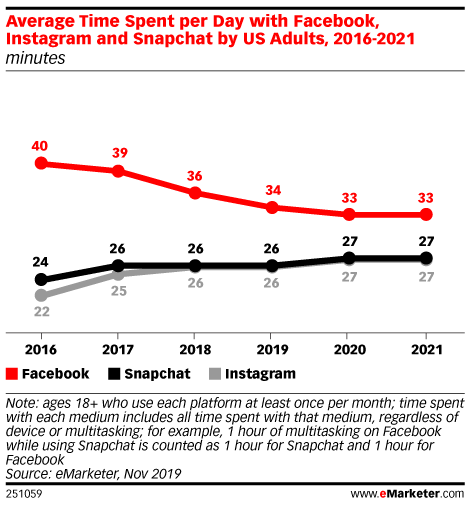
We also saw this play out during major holidays, such as the Thanksgiving and Cyber Five shopping weekend, where Instagram continues to eat into Facebook’s ad share year after year.
“Between Thanksgiving and Black Friday, Instagram accounted for 32% of all spend across Facebook properties, compared to just 22% for the same period last year, as Instagram growth continues to far outpace that of Facebook proper.”

– Andy Taylor, Director of Research at Tinuiti
“Instagram Stories has been a meaningful part of that growth, and over the course of the Cyber Five accounted for 38% of Instagram spend compared to 12% for the same period last year.”
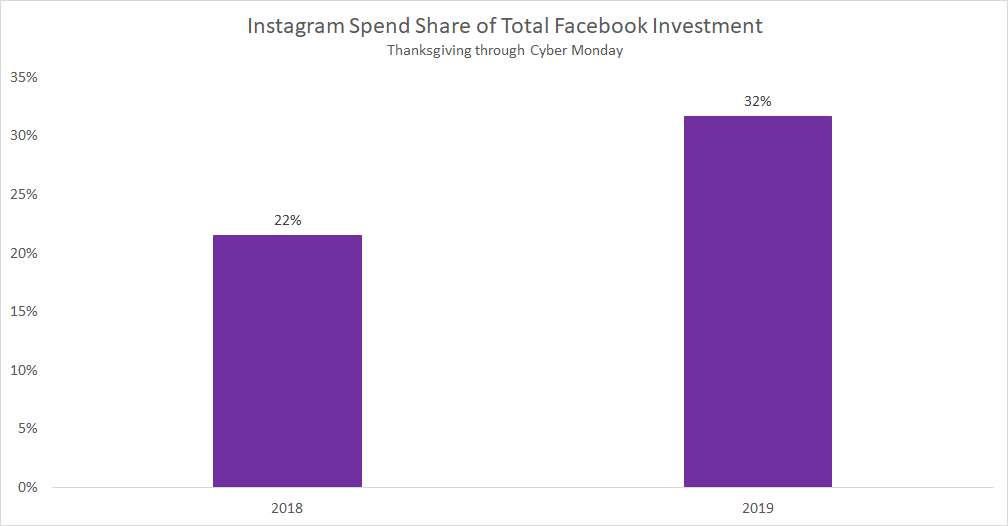
“As Facebook has become increasingly more expensive over the past few years, brands are looking for ways to stretch their dollars — and impressions — even further. If you know your target audience is spread out across different social platforms, make sure you’re hitting them where they spend their time.”

— Katy Lucey, Director of Paid Social at Tinuiti
“Platforms like Snapchat, LinkedIn and Pinterest have invested a lot in the past few years of building out a very robust ad offering to compete with Facebook,” says Lucy.
“Snapchat and Pinterest have rolled out feed-based ads to appeal to ecommerce clients, while LinkedIn has their own version of dynamic ads which help tailor ads and messaging to the intended audience.”
Not long ago, Facebook was considered the only real game in town when it came to direct response marketing for social media.
That has all changed.
While no social platform will replace Facebook — Instagram, Snapchat, Twitter, LinkedIn, and Pinterest have all seen a serious improvement to their paid media capabilities over the years.
These alternative channels have improved with:
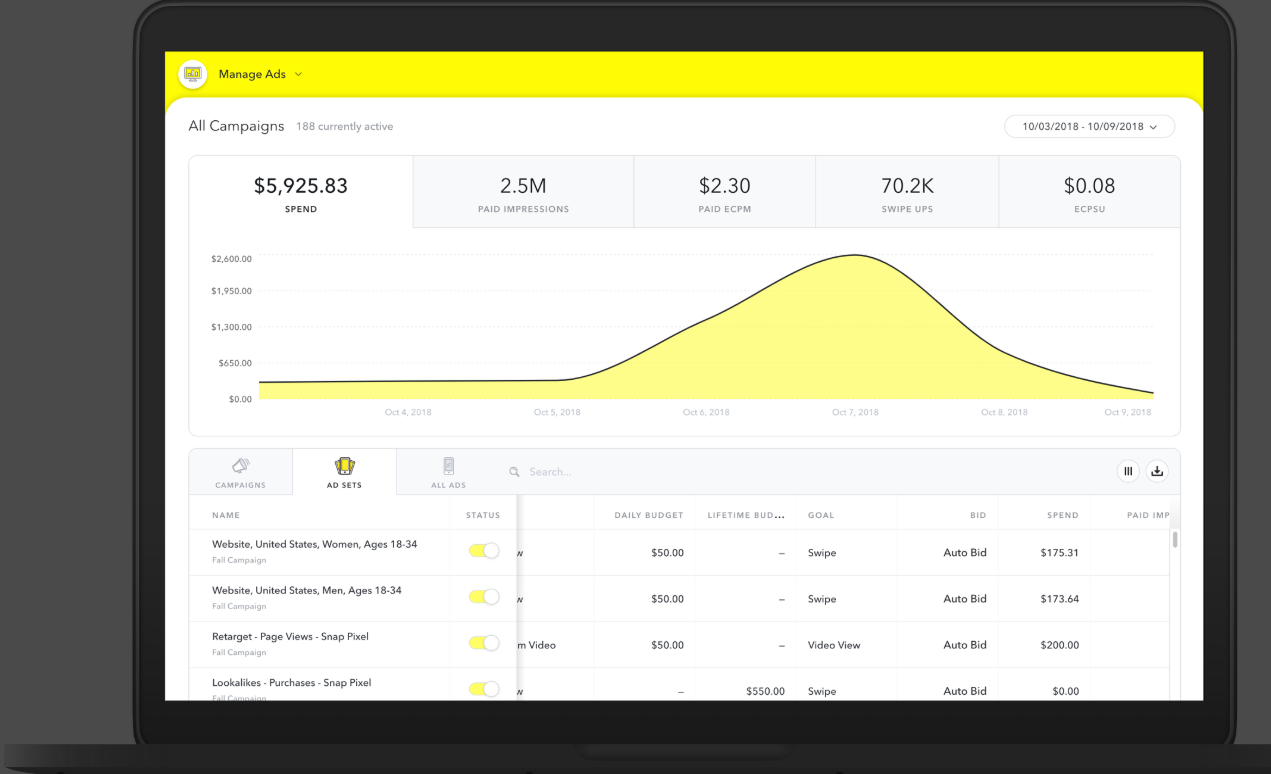
In their 2020 predictions report, eMarketer claims that one of the main reasons social media users are exploring alternatives to Facebook is that “consumers want social media to be easy and fun again.”
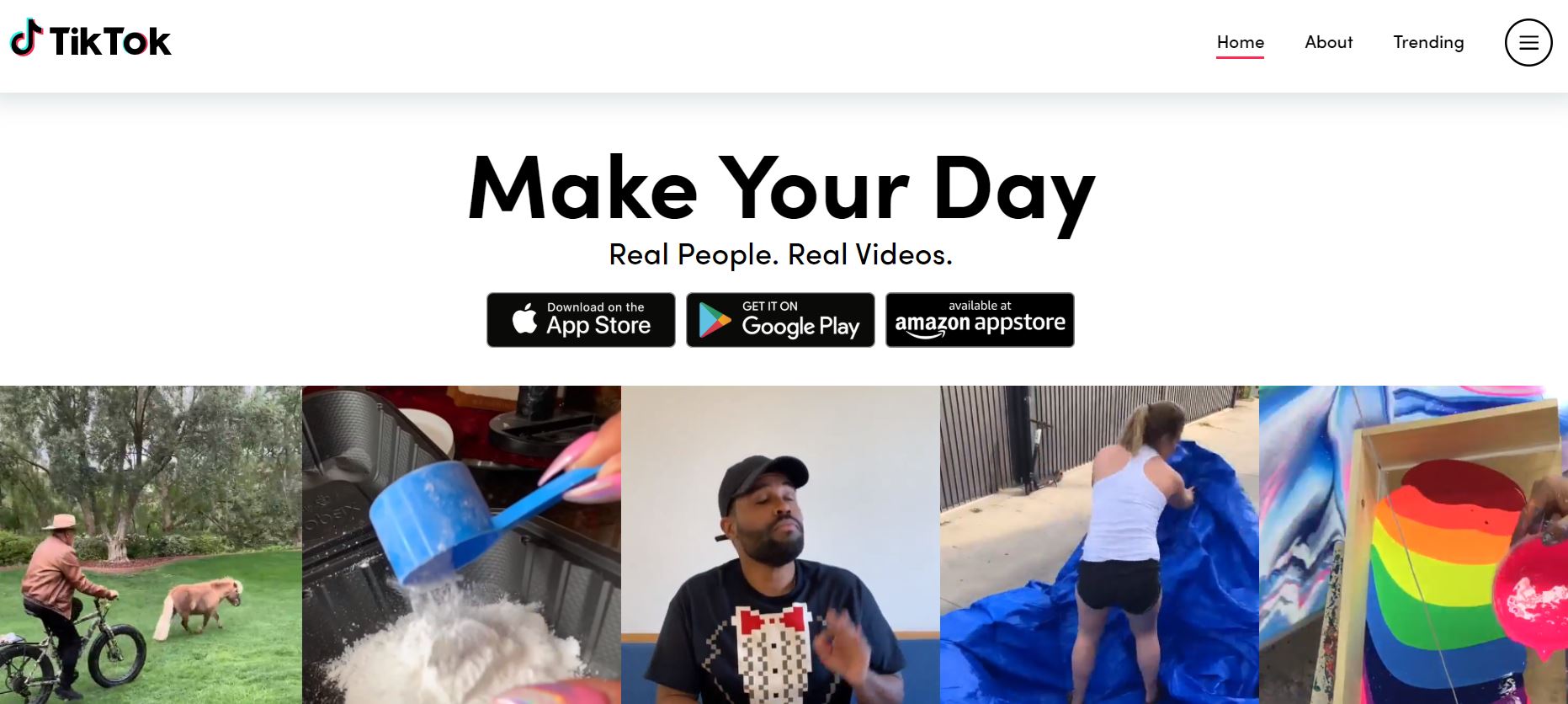
Nowhere is this more evident than the spectacular rise of TikTok.
TikTok burst onto the scene in 2019 with incredible user growth for a space that seemingly had no room for new platform challengers.
Not only did this growth make consumers pay attention, but it also has brought intense interest from brands wanting to tap into younger markets that are engaging on a daily basis with the video-making platform.
“Yes, TikTok’s audience skews a bit younger right now, but if Snapchat has shown us anything, those demographics will begin to change rapidly as more people opt-in,” says Lucy.
“Another important consideration for platforms like TikTok and Snapchat is that they come off as much more authentic than other channels which provides the audience with a much more tailored experience that is relevant to their lifestyle. There are also data to support that users are spending much more time on TikTok than any other video channels, so that provides an opportunity as well.”
You need to be clear on what you’re trying to accomplish by investing in a new channel.
“Facebook is by far the most efficient channel for conversion-based campaigns, so don’t expect to see the same results across channels. Make sure you have the proper measurement plan in place to gauge performance so that any sort of testing has a baseline for success.”
Don’t invest in all channels at once. Rather, apply your diversification to one channel at a time. The best results come from testing, learning, and then optimizing for each channel.
“Take a thoughtful approach on which one makes the most sense for your business goals. A test budget is much more impactful allocated to one channel as opposed to split up across three,” explains Lucy.
Another best practice is to ensure your ad creative and messaging make sense for the channel.
“A lot of brands fall in the trap of repurposing creative from Facebook across other channels, which defeats the purpose sometimes,” says Lucy.
“Make sure to align with individual channel best practices when it comes to creative to make sure the ads are set up to be successful.”
While a partner isn’t necessary to execute across a multi-platform strategy, it’s extremely beneficial to have one to bring in the perspective of working with other brands and the individual channels themselves.
“It’s also helpful to examine the impact of cross-platform social strategy with a cross-channel media mix as well,” says Lucy.
“There are a lot of opportunities for cross-functional synergies with search, shopping and email marketing as well, and a partner could provide helpful guidance in that case.”
What does a well-rounded social media mix look like?
While it ultimately depends on the goals of the advertiser, here’s an example of how a retail brand might leverage on channels outside of Facebook.
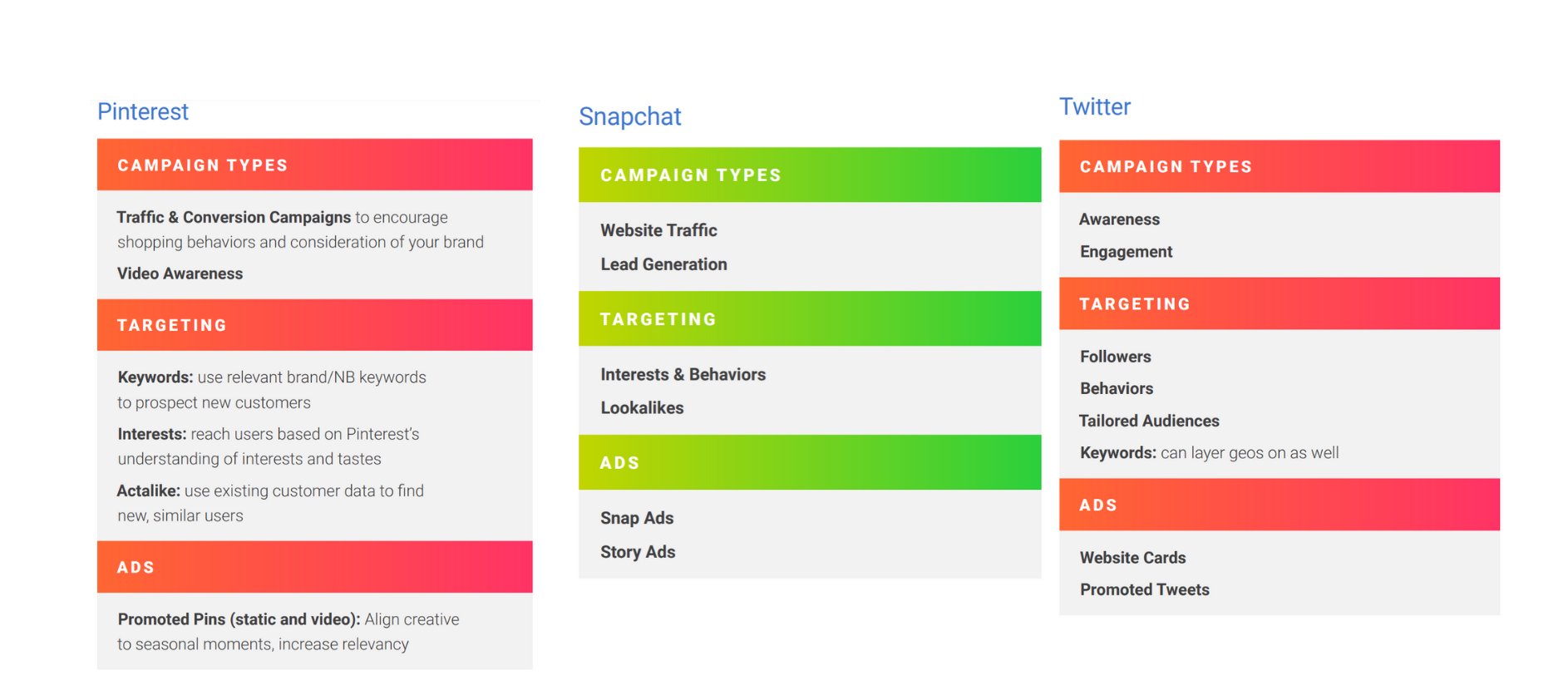
There are many reasons why brands should diversify their social media mix in the year ahead.
While Facebook’s growth has slowed and become more expensive, alternative platforms like Instagram, Snapchat, Pinterest, Twitter, and TikTok present real opportunities for smart brands that are willing to explore newer inventory to reach more audiences.
Want to learn more?
How to Advertise on TikTok in 2020
Snapchat Ads: The Brand’s Guide
Instagram & Facebook Checkout: 5 Tips for Transactional Success
